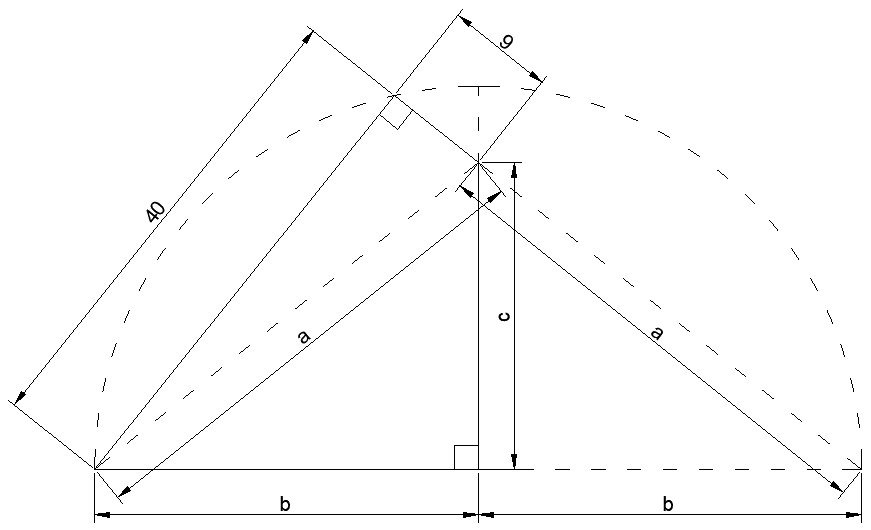The perhaps surprising answer is that every scramble can be solved in at most TWO adjacent colour swaps. The way I approached it was to separate the scrambles into three possible cases, based on the number of opposite pairs present in the scramble. This can be 0, 1 or 3. There can’t be exactly two opposite pairs present because if there were, the third opposite pair would also be there!
Of the 30 possible distinct cube arrangements, 16 are of the ‘no opposite pairs’ type, 12 have exactly one opposite pair and 2 have all three opposite pairs.
When there are three opposite pairs, you either already have the solved state or a complete mirror image of the solved state. For the mirror image you can just swap the blue and white, and the green and yellow, for instance, and you have solved the cube.
For the case where there is one opposite pair, let’s assume without loss of generality that the red and orange are opposite, but that green-blue and white-yellow are not. Looking at the RWB vertex, either it is already clockwise, in which case swapping GY will solve the cube, or RWB is anti-clockwise, in which case swapping WB will solve the cube. If Blue and White are opposite, then the RWB vertex won’t exist, but the RBY vertex will, and the same situation arises. So for the 1 opposite pair case, one swap is always enough.
For the case where none of the opposite pairs start off opposite, if you swap any one side so that it IS opposite its partner, for instance by swapping the Orange to the position opposite the Red, and you will reduce to the case where there is exactly one opposite pair present (the RO pair), and as we have already seen, that case can always be solved in just one move.
QED.









